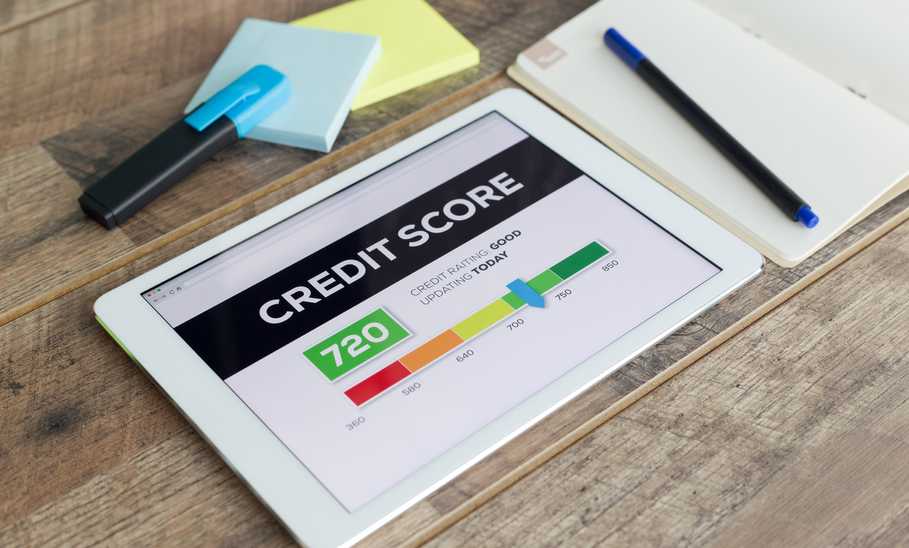What Is a FICO Score?

Our evaluations and opinions are not influenced by our advertising relationships, but we may earn a commission from our partners’ links. This content is created by TIME Stamped, under TIME’s direction and produced in accordance with TIME’s editorial guidelines and overseen by TIME’s editorial staff. Learn more about it.
A FICO score is a three-digit credit score that was created by the Fair Isaac Corporation to offer insights into a borrower's credit behavior. With numbers ranging from 300 to 850, it shows how likely a borrower is to repay money they borrow. FICO scores take into account various factors that are then used to calculate your credit behavior.
 |  | |
|---|---|---|
| Monthly fee | Free to $39.95 per month | Free to $24.99 per month |
| Credit scoring model used | FICO | FICO |
| Identity insurance | Up to $1 million | N/A |
| View Offer | View Offer |
FICO credit scores are based on data taken from credit reports from one or all of the three major credit bureaus—Experian, Equifax, and TransUnion—which then are fed into their proprietary formula. Data FICO uses include payment history, length of credit history, and any negative remarks such as bankruptcy or accounts that went into collections.
These scores are then used by lenders as a way to determine eligibility for their lending products. Keep in mind that your credit score is only one of several factors lenders use aside from income and job history.
FICO scores range from 300 to 850, with higher scores indicating more responsible borrowing behavior.
Although FICO has different versions of its consumer credit scores, the following ranges typically apply for all of them:
For FICO, it defines a good score as 760 or above. However, a credit card issuer or lender will be the one to decide what is a good enough credit score for applicants to meet its requirements for a loan or credit card.
Although FICO uses its own proprietary formula to calculate a credit score, it does publicly talk about the factors it takes into account when doing so:
How often you pay back your loans on time is one of the most major factors when determining your FICO score, accounting for around 35% of it. Your credit report will show the accounts you have open, and whether you have any late or missed payments. It will also indicate any accounts that have gone to collections, or that you declared bankruptcy.
This factor, which accounts for 10% of your score, looks at the type of credit or loan accounts you have. The more "variety" you have (such as a mix of credit cards, an auto loan, and a mortgage), the more positive your credit score could be. Lenders want to see that you can handle different loan types, though this isn’t a major factor in how your credit scores are calculated.
The longer your credit history, the more creditors can know about your credit behavior. That's why FICO tends to favor those with longer credit histories, which makes up 15% of your score.
Amounts owed looks at your credit utilization—the percentage of available credit you're using on your revolving accounts. The lower the percentage, the more it appears you don't need to rely on credit in your daily life, which could result in a higher FICO score.
This factor only looks at new accounts you've opened, including any applications you've submitted that resulted in a hard credit pull. The more you've applied for loans, the less favorable it could be for your FICO score, as it makes lenders think you need to rely on credit. It's not a major factor though, only making up 10% of your score.
A FICO score is used by lenders to determine your eligibility for a loan or credit card. It shows them how you've managed current and previous loans and can reveal the likelihood you'll pay them back. In many cases, the higher your credit score, the more likely lenders will offer you a loan, and offer you the most favorable rates and terms.
Both FICO and VantageScore are credit-scoring models used by lenders to determine your credit behavior, with the latter created by all three main credit bureaus. The VantageScore also has a credit score ranging from 300 to 850 and takes the usual factors into account such as payment history, credit utilization, and length of credit history. Your FICO score may be different from your VantageScore because both will weigh each factor differently and may have different criteria.
While FICO score is the most popular credit score being used by lenders and many government-sponsored companies like Fannie Mae, there are many instances in which VantageScore is being used. If possible, you can ask your lender which score it uses so you can get some insight into your score before submitting an application.
There is no guarantee that the following suggestions will improve your score (or improve it quickly, for that matter) but these behaviors can help:
 |  | |
|---|---|---|
| Monthly fee | Free to $39.95 per month | Free to $24.99 per month |
| Credit scoring model used | FICO | FICO |
| Identity insurance | Up to $1 million | N/A |
| View Offer | View Offer |
Since 1989, FICO has updated its method of calculating its credit scores on occasion. Each new version has been offered to lenders, though it's ultimately up to them to determine whether they want to use it or when to use the upgrade. Currently, the most commonly used version is FICO 8, though FICO 9 was introduced in 2016 and FICO 10T debuted in 2020.
Understanding your FICO score and how it's calculated is an important aspect of financial health. You want to be able to save as much as possible on interest and find loan options that are the best fit. Meaning, the more you can understand the factors that go into improving your FICO score, the higher the chances are that you'll be able to achieve both these goals.
A FICO score is one of several credit scores being used by lenders.
FICO scores were created by the Fair Isaac Corporation to help lenders estimate whether a borrower is more or less likely to repay a loan.
A good FICO score, by FICO’s definition, falls in the range of 670 to 739. Very good is 740 to 799, and you have to hit 800 to 850 to be rated exceptional.
The information presented here is created by TIME Stamped and overseen by TIME editorial staff. To learn more, see our About Us page.



